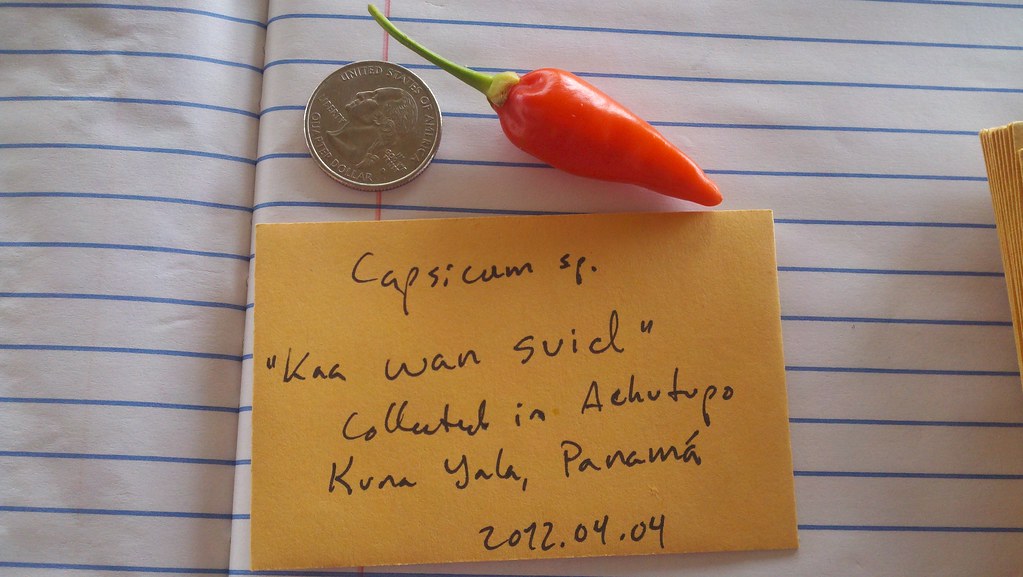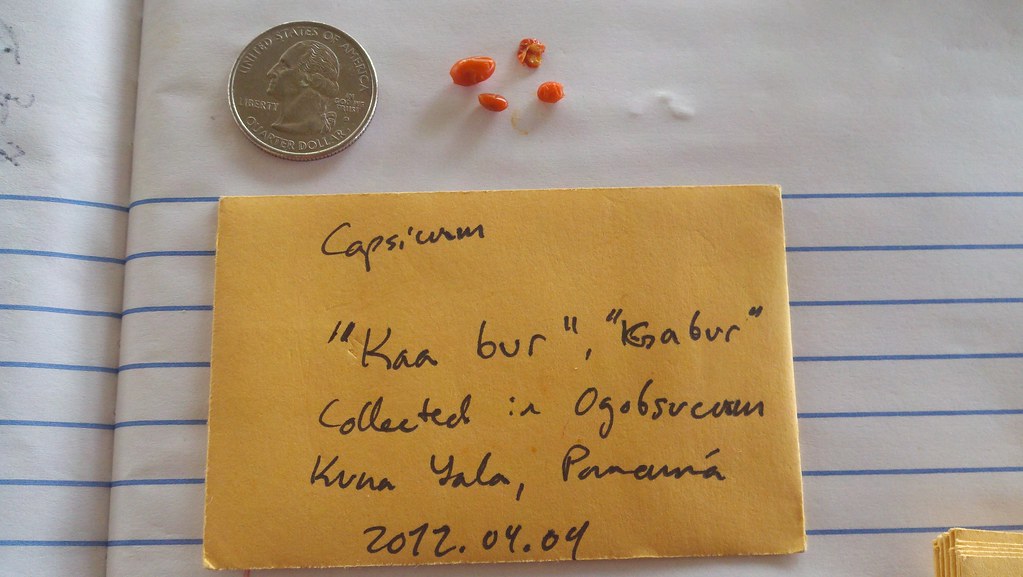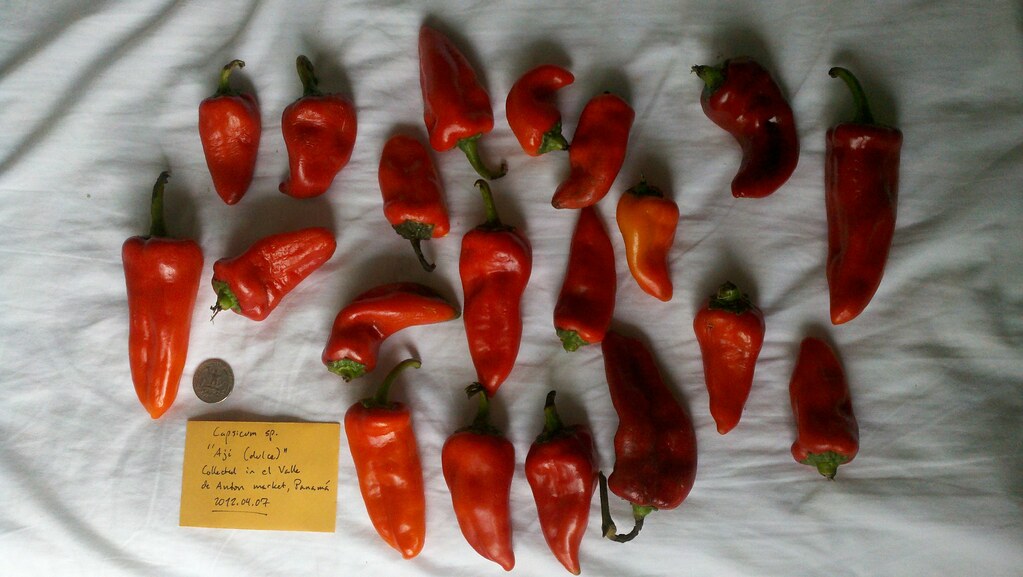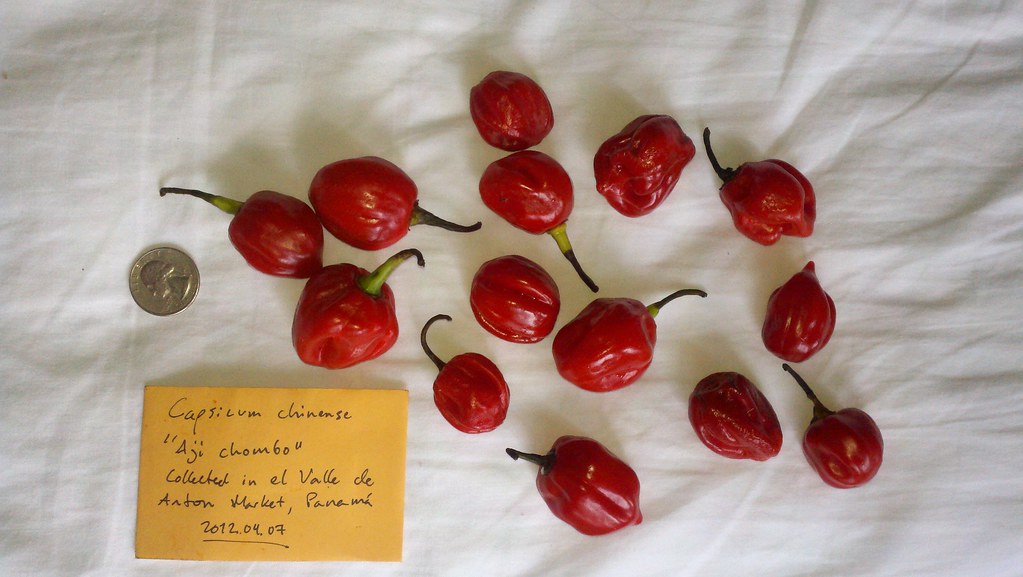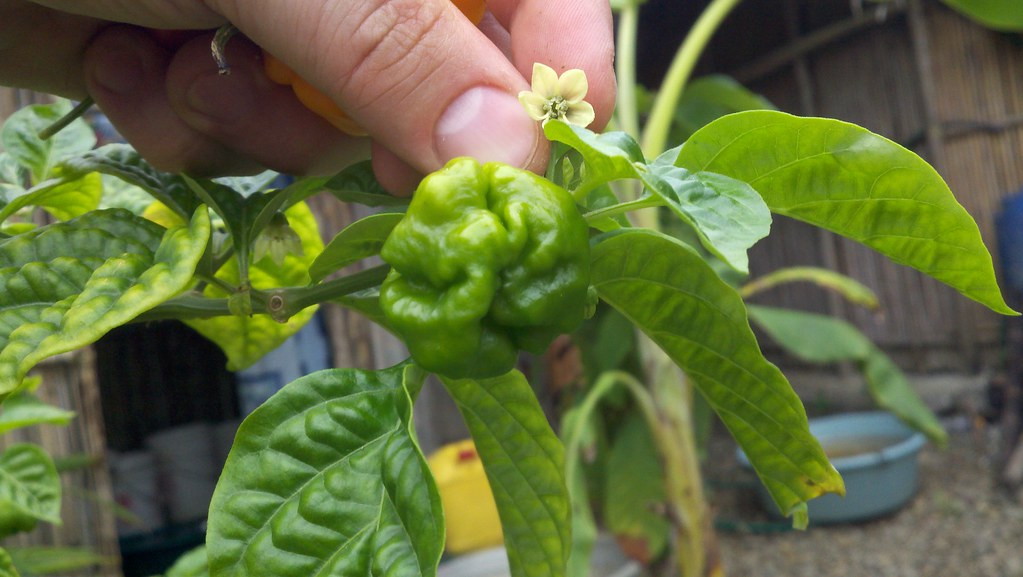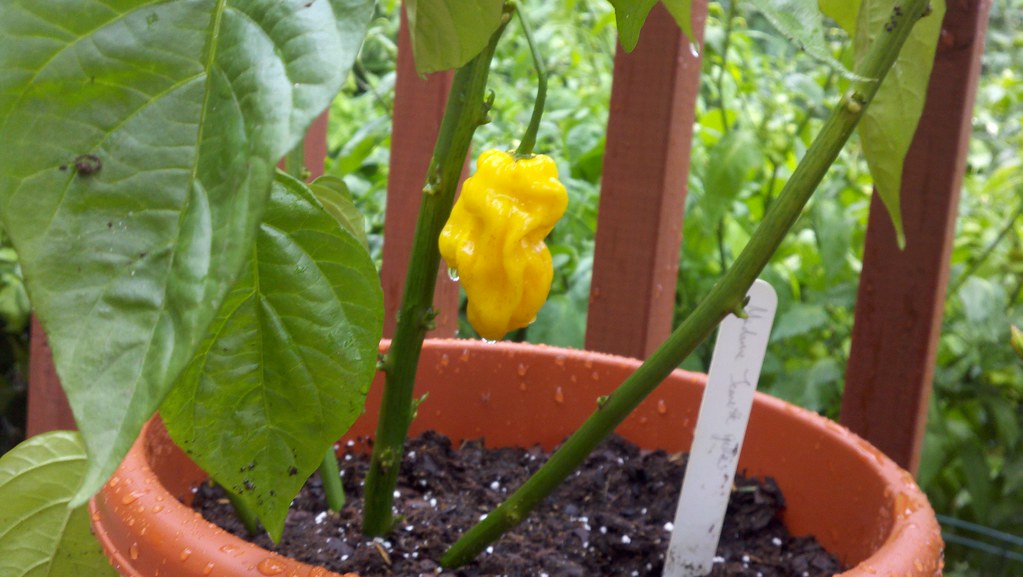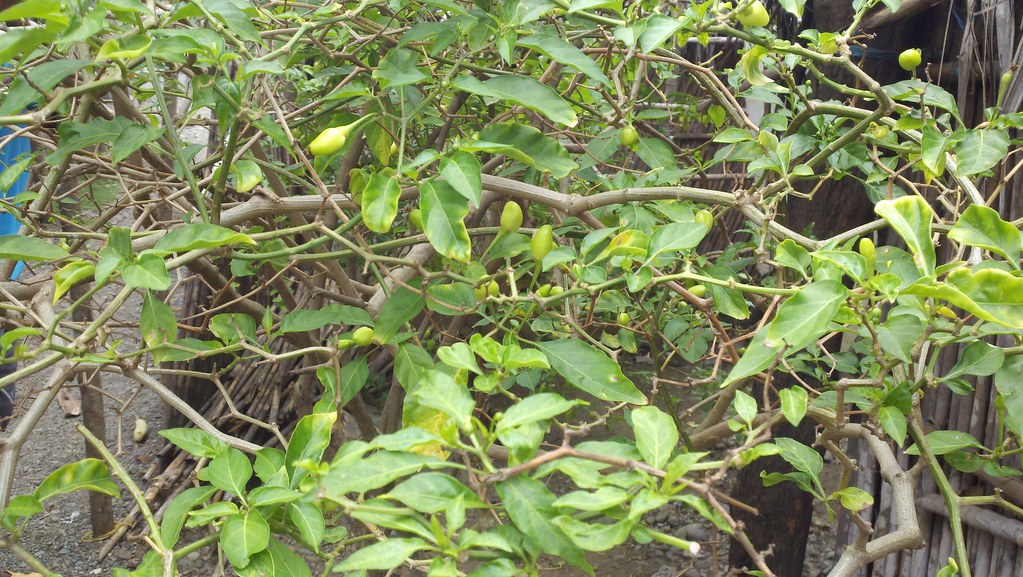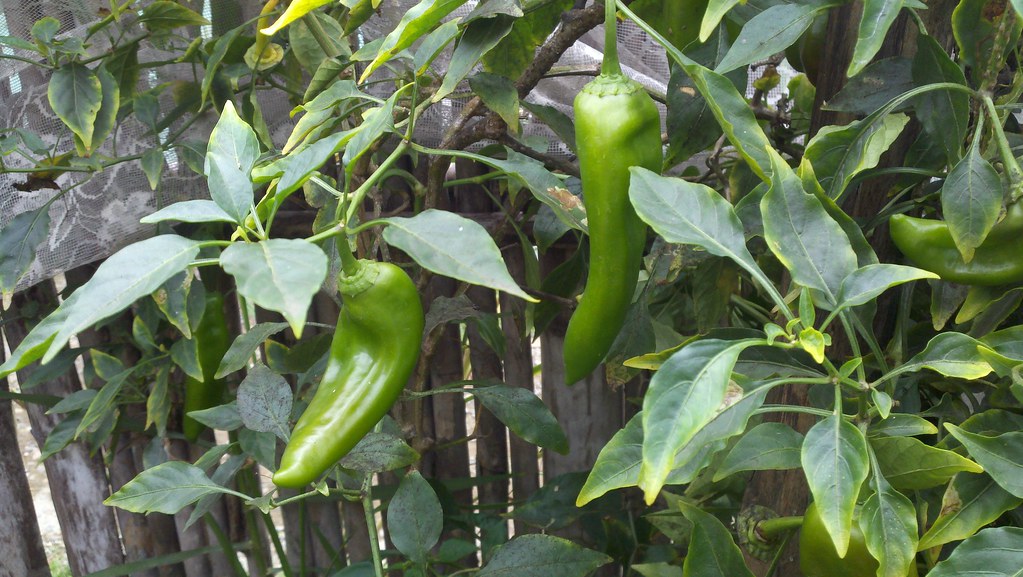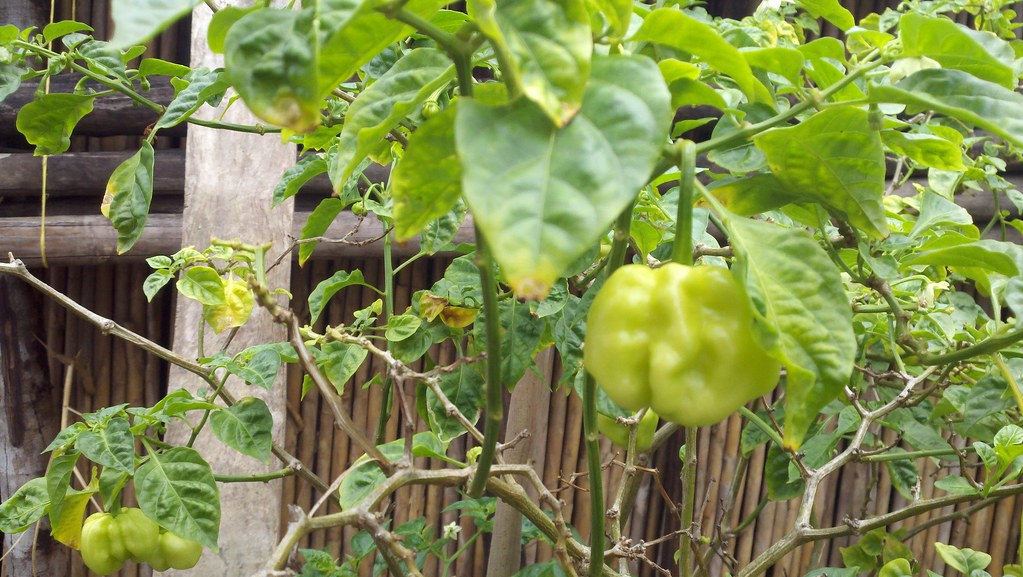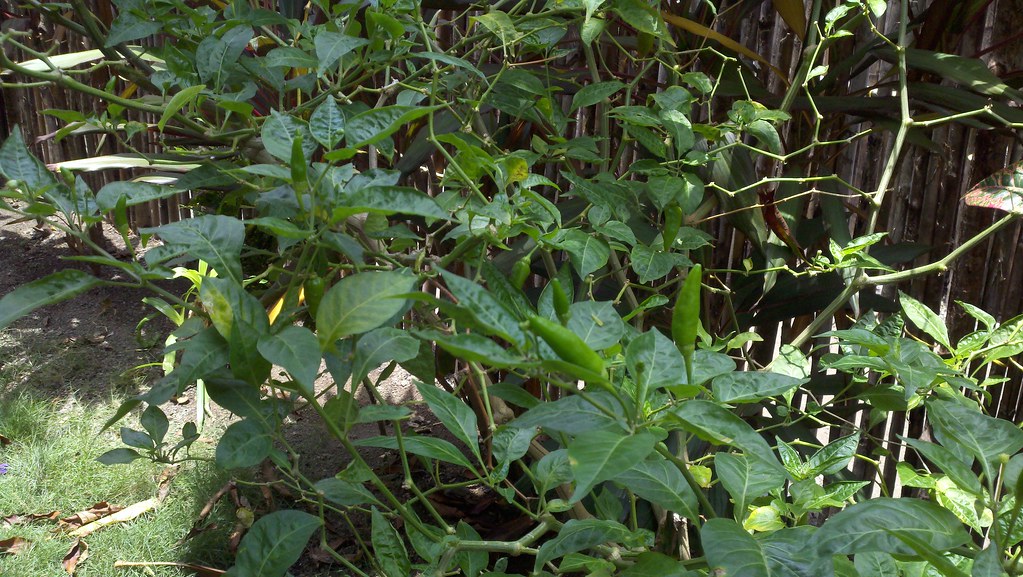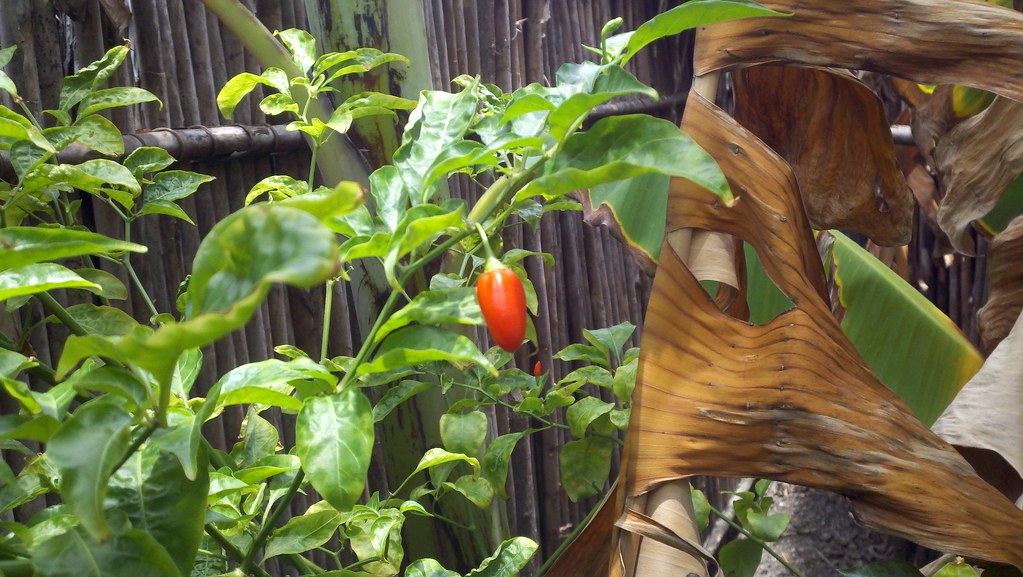I just got back from Panama, and I wanted to share some of the pepper varieties I found. We spent a fair amount of time in the autonomous region of Kuna Yala, home of the Kuna people. The Kuna people grow 53 varieties of peppers, which they list in their traditional chant “Kapur ikar”, or “Way of the hot pepper”. Now, Kuna peppers aren’t for sale. You can’t go to the market, because there isn’t any. The only place you can get them is from people’s gardens, and thanks to the help of some friends, I was able to visit a few gardens in Achutupo and Ogobsucum, and was able to collect whatever was ripe. The downside is that the quantity of seeds I was able to collect was small, but the upside is that I was able to take pictures of the plants themselves, and confirm the species.
Many thanks to Juan Bau Mendoza of Ogobsucum for all the access to friend’s gardens, and to Maika and Flora of Ailigandí for help with the nomenclature. Kuna is still not a commonly written language, so there is some discrepancy in spelling. I started using the spellings used by Joel Sherzer in his ethnographies, but was told that it was not congruent with local pronunciations, so I did the best I could (you might notice “Ga” in some places, “Kaa” in others, etc.)
I saw at least three species of peppers in cultivation -- C. annuum, C. chinense, and C. frutescens. The frutescens that I tried were all pretty mild, which took me a bit by surprise; my only experience with frutescens has been Tabascos, so that was what I was expecting.
I have seeds for all of them, but some are in very limited quantities.I'll do what I can to share the wealth.
Ga olo (=”round pepper”; Capsicum frutescens)
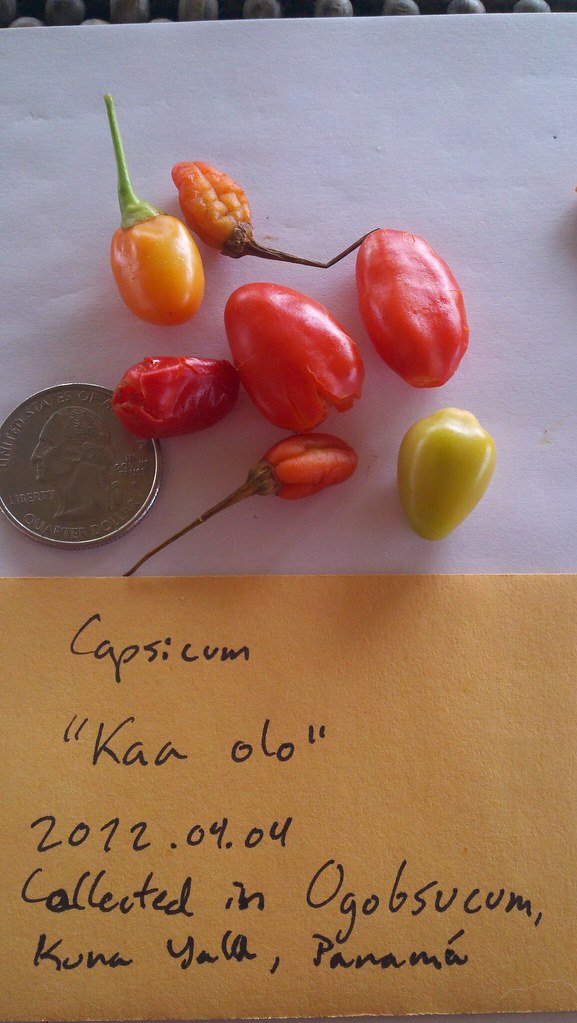
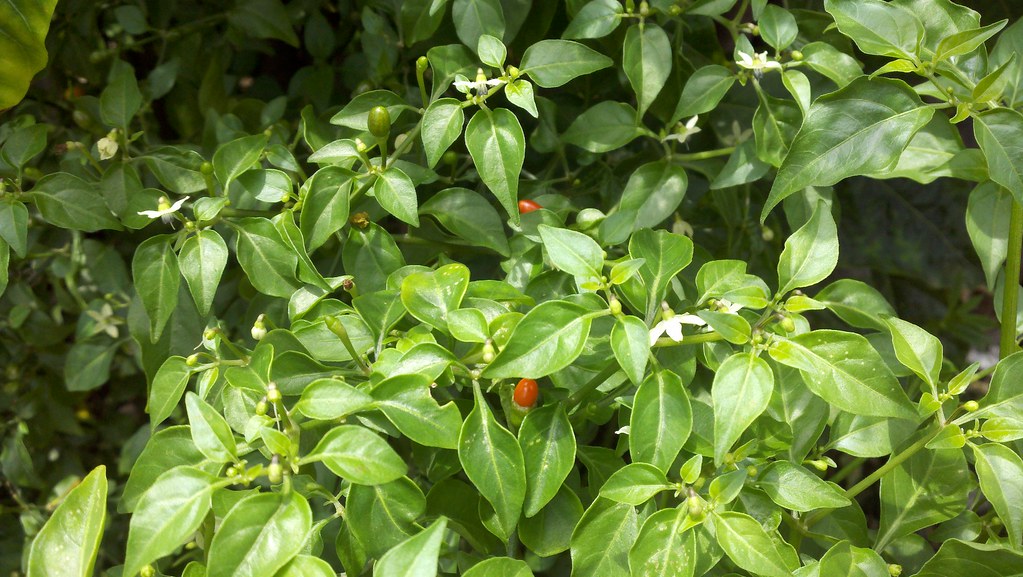
Ga wan suid (=”penis pepper”; Capsicum frutescens)
Moli ga (=”tapir pepper”; Capsicum chinense)
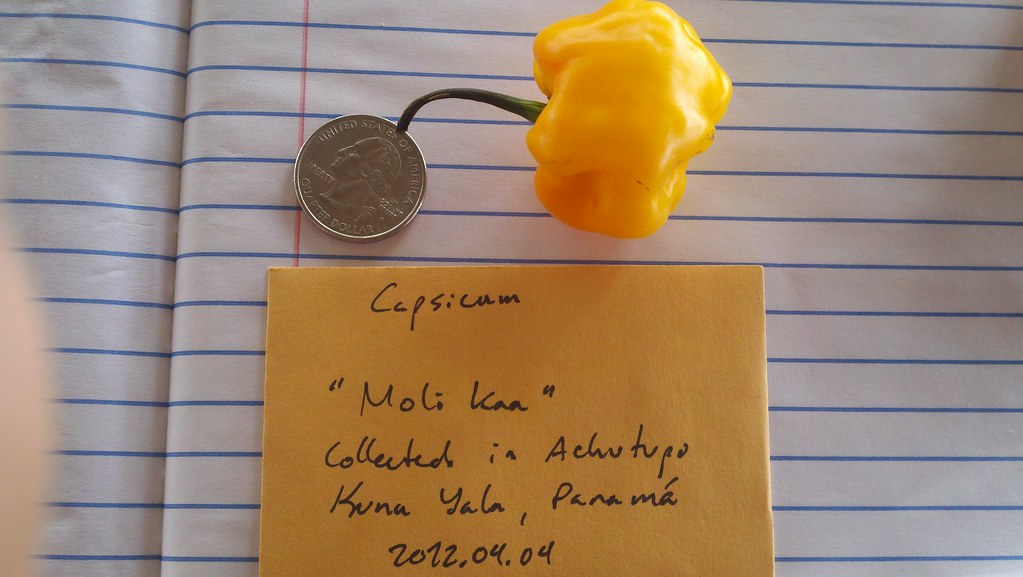
Ga sangwa kinnit (Capsicum frutescens)

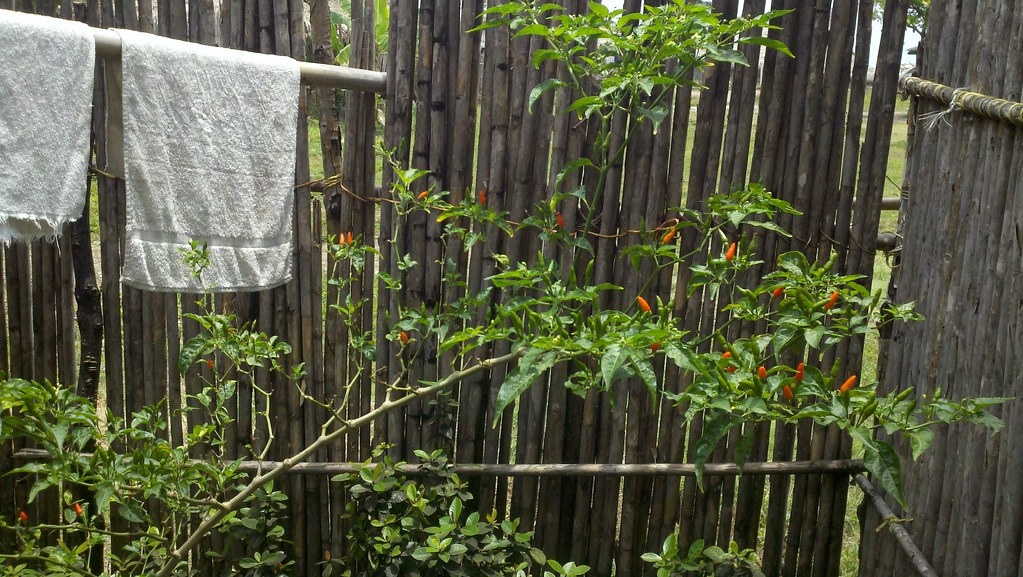
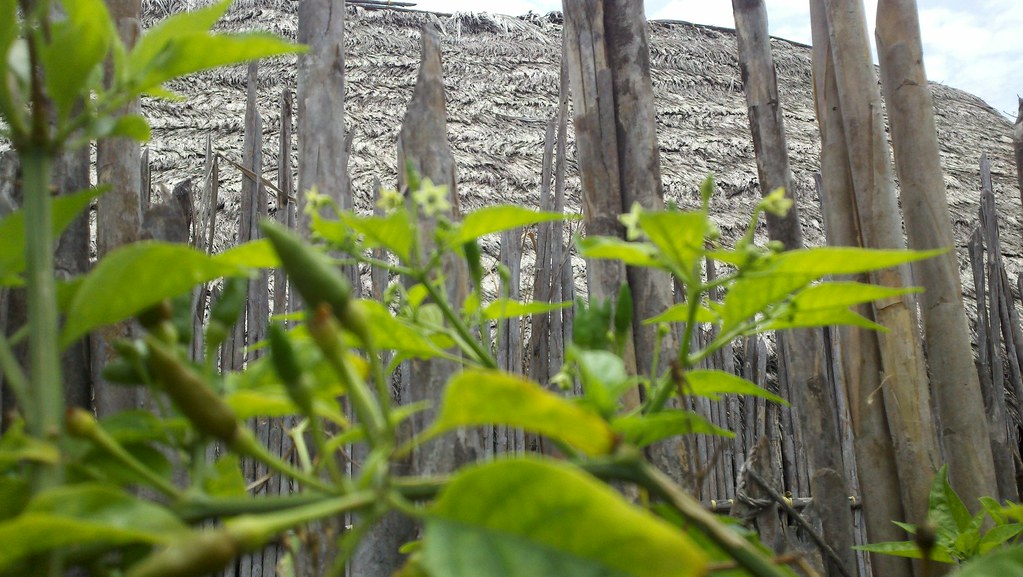
Ga bur (Capsicum annuum) wild pepper
I also picked up a couple non-Kuna varieties of peppers, which I think people here will be more familiar with. These ones I have in great abundance, and can share more easily.
Aji chombo (Capsicum chinense)
Pimienton (Capsicum annuum)
[Update: thanks, bootsieb for the tagging lesson. Now the only problem is the number limit of allowable image links.]
Many thanks to Juan Bau Mendoza of Ogobsucum for all the access to friend’s gardens, and to Maika and Flora of Ailigandí for help with the nomenclature. Kuna is still not a commonly written language, so there is some discrepancy in spelling. I started using the spellings used by Joel Sherzer in his ethnographies, but was told that it was not congruent with local pronunciations, so I did the best I could (you might notice “Ga” in some places, “Kaa” in others, etc.)
I saw at least three species of peppers in cultivation -- C. annuum, C. chinense, and C. frutescens. The frutescens that I tried were all pretty mild, which took me a bit by surprise; my only experience with frutescens has been Tabascos, so that was what I was expecting.
I have seeds for all of them, but some are in very limited quantities.I'll do what I can to share the wealth.
Ga olo (=”round pepper”; Capsicum frutescens)
From Achutupo, Kuna Yala, Panama


Mild, with a rich burning sweet aromatic flavor.
Ga wan suid (=”penis pepper”; Capsicum frutescens)
From Achutupo, Kuna Yala, Panama
Mild, with a tangy sweet aromatic flavor that was not as intense as the “ga olo”.
Moli ga (=”tapir pepper”; Capsicum chinense)
From Achutupo, Kuna Yala, Panama

Medium-hot habanero type pepper
Ga sangwa kinnit (Capsicum frutescens)
From Ogobsucum, Kuna Yala, Panama



Medium-hot pepper; flavor similar to Tabasco, but less pungent
Ga bur (Capsicum annuum) wild pepper
From Ogobsucum, Kuna Yala, Panama
These are wild peppers – they aren’t planted, but volunteer themselves. They were by far the most pungent peppers I tried there. The plants only grew 30-50 cm tall, with very bushy, compact growth.
I also picked up a couple non-Kuna varieties of peppers, which I think people here will be more familiar with. These ones I have in great abundance, and can share more easily.
Aji chombo (Capsicum chinense)
From el Valle de Anton, Coclé, Panama
Pimienton (Capsicum annuum)
From el Valle de Anton, Coclé, Panama
Thick walled, with a sweet, smoky flavor.
[Update: thanks, bootsieb for the tagging lesson. Now the only problem is the number limit of allowable image links.]

